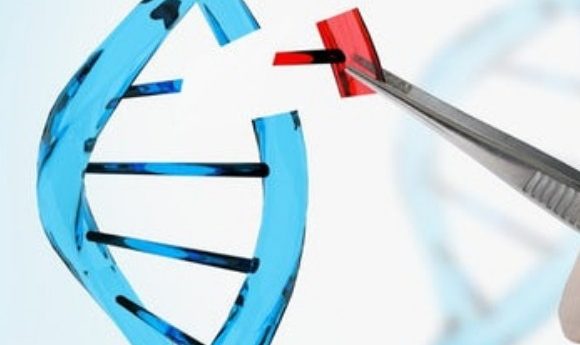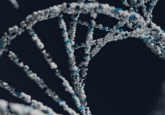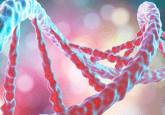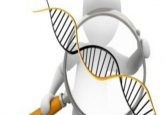CRISPR upgraded from ‘scissors’ to ‘shredder’

A novel CRISPR-Cas3 based tool acts more like a ‘shredder’, as opposed to the single-sequence targeting ‘scissors’, with the ability to wipe out long stretches of human DNA.
An international collaboration of researchers has successfully utilized Type I CRISPR-Cas3 to edit long stretches of DNA in human cells for the first time. This novel tool can target and delete much longer sections than current CRISPR tools, which could prove useful in targeting diseases that are associated with long stretches of DNA.
“Cas3 goes where you want it, travels along the chromosome, and makes a spectrum of deletions tens of kilobases long. This could make it a powerful screening tool to determine what large areas of DNA are most important for a particular disease.”
The tool comprises Type I CRISPR that, along with Type II CRISPR (which includes Cas9), is also found in bacteria. However, Type I has never been utilized in eukaryotic cells, and uses the Cas3 enzyme for shredding DNA. After the successful delivery of the system into human cells, it then deleted portions of targeted DNA that ranged from a few hundred base pairs to 100 kilobases.
“Cas9 is a molecular scissor that goes where you want it and snips once,” commented study leader Yan Zhang (University of Michigan, MI, USA). “But Cas3 goes where you want it, travels along the chromosome, and makes a spectrum of deletions tens of kilobases long. This could make it a powerful screening tool to determine what large areas of DNA are most important for a particular disease.”
-
Cas9 goes into stealth-mode
-
CRISPR for the CNS
-
Molecular detail of RNA-editing CRISPR system revealed
-
Everything you should know about CRISPR/Cas9
The researchers believe this shredding technique could be useful in non-coding regions of DNA, where they can delete long sections to assess what happens. Cas3 also has the ability to travel long distances along chromosomes, which is currently not possible with Cas9. Therefore, it might also be a useful platform in epigenome engineering if the shredding ability is removed.
There were a few challenges faced by the researchers, as they needed to work out how to entice the human stem cells to reveal if any DNA had been deleted – those ‘reporter’ lines developed for CRISPR/Cas9 research were not sensitive enough for the new system if the shredding activity was low. They also needed to develop novel sequencing techniques to reveal which sequences had been shredded.
The team believes the Cas3 tool could be less likely to produce off-target effects than Cas9 systems due to a longer guide RNA sequence and better-defined targeting and degradation steps. However, further research is required to fully assess the new approach.
Did you enjoy this article? Why not check out some of our peer-reviewed journal content on CRISPR technology, such as: CRISPR: modifying the life science landscape, over on our journal site.





